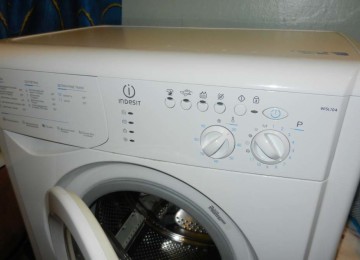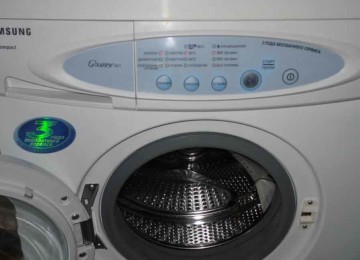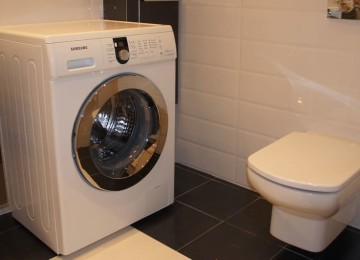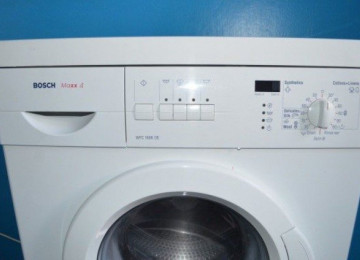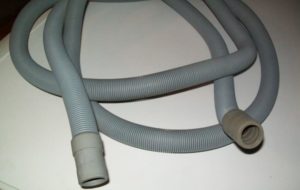 Such a simple element of a washing machine, like the drain hose, sometimes does not fit. The length and diameter of the drain hose do not meet factory standards a specific washing machine model. The owner of the machine has to look for another product or lengthen the existing hose. To do this, you need to know the dimensions and rules of extension.
Such a simple element of a washing machine, like the drain hose, sometimes does not fit. The length and diameter of the drain hose do not meet factory standards a specific washing machine model. The owner of the machine has to look for another product or lengthen the existing hose. To do this, you need to know the dimensions and rules of extension.
Standard sizes
All drain hoses are divided into 3 main groups:
- ordinary hoses, 1-5 m long;
- telescopic - this is a corrugated hose. When compressed, its length is 60 cm, and when stretched, it is up to 2 meters. The main disadvantage is that this drain is more susceptible to contamination, vibrates strongly when the washing machine is turned on, and breaks when stretched;
- The hose in a coil is sold by the meter. For convenient cutting, it is divided into modular parts. That is, you can cut a piece of the required length from the bay. But for connecting to a washing machine, the length is limited, since a long drain increases the load on the pump.
Drain hoses are made of plastic. There are rubber fittings at the end. If we consider the diameter of the hose, then this is the direct diameter of the installed fitting. The most common diameters are:
- at both ends 2.2 cm;
- on one 1.9 cm, on the second 2.2 cm;
- at both ends 1.9 cm.
Overview of drain hoses
Today the most popular manufacturers are:
- Helfer - a hose manufactured by a Russian company. Withstands pressure up to 10 bar, maximum temperature up to 60 C. The fittings are standard in diameter - 1.9 cm. The cost for a 3 m hose is about 300 rubles.
- Tubo Flex – hoses from a domestic manufacturer. Withstands pressure up to 2 bar. They are made of plastic of various lengths - 1-5 m. It is recommended to install for siralok: Beko, Samsung, Atlant, Indesit. The approximate cost of a 3 m long hose is 150 rubles.
- TSG — hoses from an Italian company. Maximum pressure – 5 bar. They can have different lengths, which affects the cost. All hoses are equipped with fittings with a diameter of 1.9x2.2 cm. Products are recommended for Electrolux, Whirlpool, Zanussi, Ariston, Bosch models.
Drain hose extension
Manufacturers of washing machines usually do not recommend lengthening the drain. But what can be done if the sewage system is far from the washing mashine or it is located separately, and the standard length for drainage is not enough. In this case, either completely replace the hose, or add the required length.

The first method is much preferable, since additional connections increase possible leaks. When purchasing a product, you need to take into account that the hose cannot be stretched too much, that is, you need to take it with a reserve.
The permissible length is no more than 3.5 m. If the drain is longer, this will significantly increase the load on the pumping equipment, which will lead to its premature wear.
Methods for draining water
The drainage is carried out either into the bathtub or into the sink. In this case, connecting is not difficult. You need to pass the hose through the fixing hook, which must be included in the package, and install it on the edge of the bathtub or sink above the washing machine.
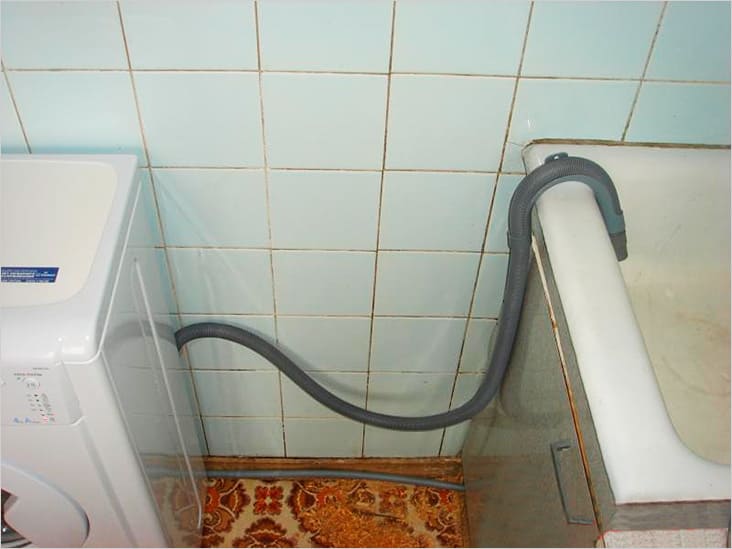
As a rule, this connection option is used by people who do not have the opportunity to connect to the sewer system or this is a temporary method of operation.
The main disadvantages of this drain:
- The sink or bathtub will begin to become dirty all the time due to the supply of waste water.
- You will not be able to take a bath or use the sink while the washing machine is running.
- Dirty water is visible when draining; not all housewives like this.
If the sewage system is working properly and the washing machine is used on an ongoing basis, it is better to connect to the sewer system. This can be done in different ways:
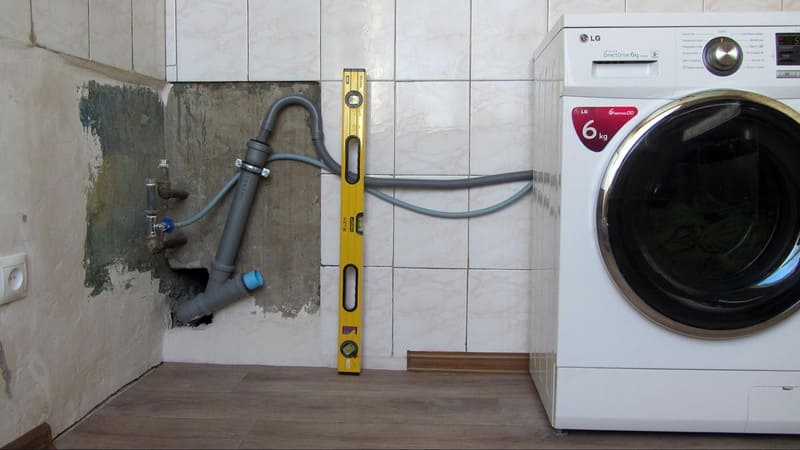
- This method is suitable for people who are ready to specifically organize a drain in the place where the machine is located. Most often, this is done when renovating an apartment, since the standard layout does not provide space for washing machines when building a house. This drain can be done using a separate siphon, which is connected to the sewer.
- Installation of the drain into the sewer itself using a sealing collar. In this case, you need to ensure that the drain is securely in the cuff and has sufficient length. The hose must not be too tight or easily removed from the cuff.
- Drain through siphon outlet. Most often, this siphon is installed under the sink. This requires reliable fixation of the hose fittings so that there are no leaks at the connection point.For this purpose clamps are used.
Replacing the hose
Each washing machine model is individual, that is, the drain is attached in different ways. But there are basic rules, regardless of the brand of washing machine:
- First you need to turn off the power. The cord must be secured to the back of the washing machine so that it does not get in the way during work.
- Next, the water supply is turned off. When disconnecting the hose, the main thing is not to lose the gasket that is located in this tube. In the place where the drain was attached, you need to install a plug, and attach the hose directly to the back of the washing machine with the pipe facing the top.
- To replace the hose, access to the internal elements of the machine is required. Typically, the hose is attached near the pump. For ease of work, you need to unscrew the top roof of the housing. The hose most often protrudes from the top or bottom of the back of the washer. To replace it, you need to unscrew it from the pump and housing.
- Then the hose is disconnected from the sewer system. Now we begin to install the new product. All washing machine models do this in different ways, so It is recommended to study the instructions.
The maximum hose length is most often standard, especially when it comes to diameter. If any of the fittings of the washing machine are non-standard, then you need to specially order a hose or increase the length. Something you can easily handle with your own hands.






